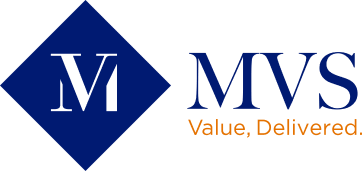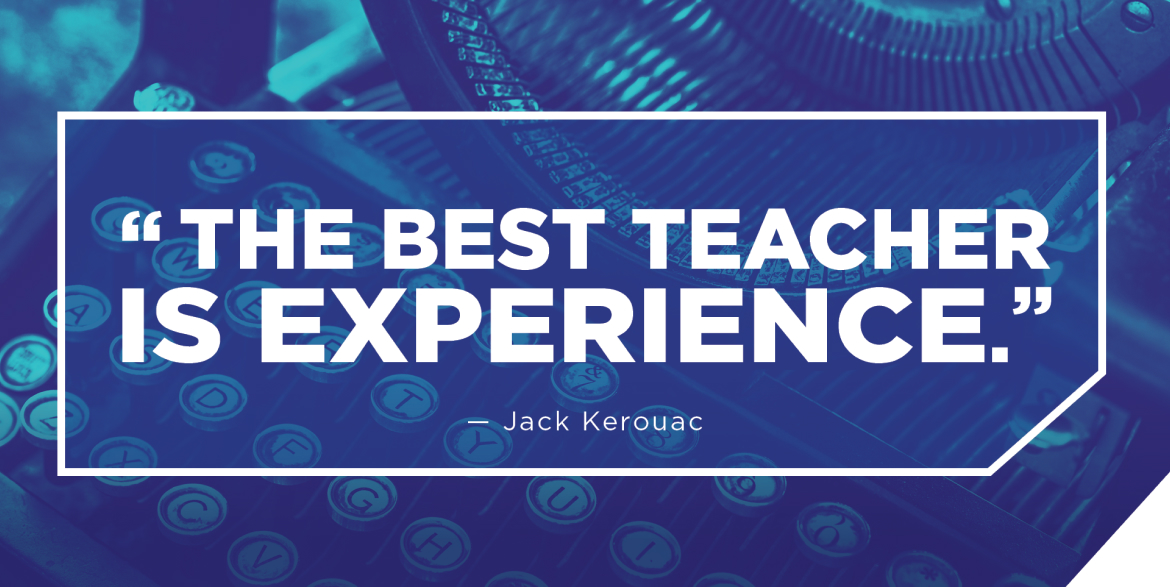Digital tools play a critical role in our day-to-day lives, in everything from business deals to downtime. As a sign of the times, the demand for electronic mortgage closings, also called eClosings, is on the rise. They have been available for some time, but the demand skyrocketed in 2020 due to the pandemic — and the trend doesn’t seem to be slowing down anytime soon.
A whopping 81% of homebuyers surveyed by Finastra prefer to sign loan documents electronically. And while eClosings are not yet available nationwide — they are currently legal in only 38 states — a new bill could soon change that by legalizing them in all 50 states as early as 2022. To help you be better prepared for the rising demand, we’ve outlined some important things you need to know about digital mortgage closings.
What is an eClosing?
Unlike traditional closings, where all parties meet in person to sign paperwork, eClosings are typically completed digitally from start to finish. The loan package is prepared, signed, notarized and then submitted to the country electronically. Software, designed specifically for digital closings, is available to make it as seamless as possible. And, while face-to-face meetings are not required for the mortgage closing, some clients or lenders may choose to meet in person at any step of the process.
Are There Different Types of eClosings?
Yes, there are three common types of eClosings to choose from, all of which fall under the “digital closing” umbrella.
- Remote Online Notarization (RON): RON closings are fully electronic closings where all steps can be completed virtually, providing a seamless, convenient option for those seeking a fully remote process.
- In-Person Electronic Notarization (IPEN): IPEN closings offer a primarily electronic process, as all closing documents can be signed digitally, but requires an in-person notarization.
- Hybrid: One of the most popular digital closings, hybrid closings offer a middle ground between traditional and fully electronic closings. Parts of the loan package may be “wet signed” — signed in ink — while other sections are eSigned.
What are the Benefits?
eClosings provide a wide range of benefits for both borrowers and lenders. Flexibility and convenience are often cited among the top benefits, with others including cutting down on travel time, saving money on closing paperwork, speeding up the overall process and allowing borrowers the chance to review documents in advance. Many lenders also cite how automation and digital tools help increase efficiency and accuracy.
Whether eClosings are new territory or old hat for your lending institution, having a grasp on the foundation can help you be better prepared for the rising demand. Digital mortgage closings have the potential to offer lenders a more streamlined, accurate process while also improving the borrower’s experience. At MVS, we keep a pulse on market trends to make sure we provide our customers with cutting-edge experience and in-depth knowledge. Read more about this and other real estate industry trends in our newsletter.



